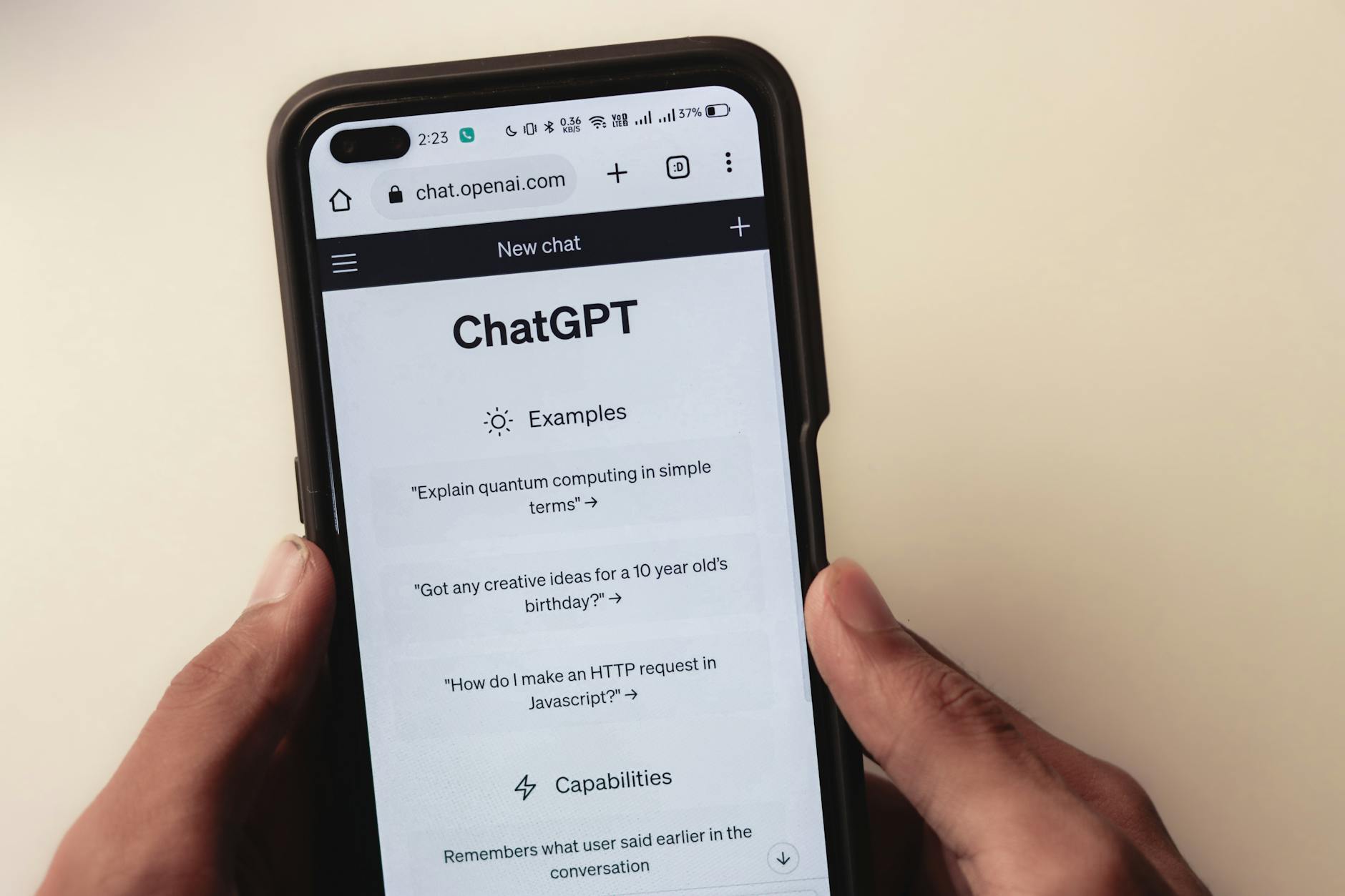ByteDance Unleashes 512K Context LLM, Doubling OpenAI’s Scale | Clinical AI Gets Crucial Guardrails, Benchmarking Evolves

Key Takeaways
- ByteDance’s new open-source Seed-OSS-36B model boasts an unprecedented 512,000-token context window, significantly surpassing current industry standards.
- Parachute, a YC S25 startup, launched governance infrastructure designed to help hospitals safely evaluate and monitor clinical AI tools at scale amidst rising regulatory pressures.
- A new LLM leaderboard, Inclusion Arena, proposes a shift from lab-based benchmarks to evaluating model performance using data from real, in-production applications.
- Research indicates Large Language Models (LLMs) can generate “fluent nonsense” when tasked with reasoning outside their training data, highlighting limitations of Chain-of-Thought prompting.
- Google’s Gemini Live AI assistant is enhancing its real-time capabilities by enabling the AI to highlight objects directly on a user’s screen via camera input.
Main Developments
The artificial intelligence landscape continues its dizzying pace of innovation, marked by a monumental leap in context window capabilities and a burgeoning emphasis on real-world reliability and safety. Today’s headlines are dominated by ByteDance’s revelation of its new open-source Seed-OSS-36B model, which sets a new industry benchmark with an astonishing 512,000-token context window. This capability, twice that reportedly offered by OpenAI’s anticipated GPT-5 family, signifies a pivotal moment, allowing LLMs to process and reason over an unprecedented volume of information in a single query – from entire books and lengthy legal documents to complex codebases. Such a massive context window promises to unlock new applications, but also underscores the increasing need for robust validation.
This very need for real-world reliability and governance is at the forefront of another significant development: the launch of Parachute. This YC S25 startup is addressing a critical pain point in the healthcare sector, providing much-needed governance infrastructure for hospitals grappling with the rapid adoption of AI. With thousands of clinical AI tools hitting the market annually, Parachute steps in to offer automated evaluation, red-teaming, continuous monitoring, and an immutable audit trail. This ensures hospitals can meet stringent new regulations like HTI-1 and the Colorado AI Act, safeguarding against risks like hallucinations or bias that could have life-or-death implications in a clinical setting. Parachute’s solution, already in use at Columbia University Irving Medical Center, highlights the growing imperative for specialized tools that bridge the gap between AI innovation and responsible deployment.
The move towards real-world validation isn’t confined to healthcare. Researchers from Inclusion AI and Ant Group are championing a paradigm shift in how LLMs are benchmarked with their proposed Inclusion Arena leaderboard. Moving beyond controlled lab environments, this new system leverages data from actual in-production applications, aiming to provide a more accurate reflection of how models perform in the messy, unpredictable world of real-user interaction. This initiative directly responds to the evolving understanding of LLM limitations.
Recent research, for instance, has shed light on a concerning phenomenon: LLMs’ tendency to generate “fluent nonsense” when pushed to reason beyond their learned training distribution, even with advanced techniques like Chain-of-Thought prompting. This insight serves as a crucial reminder for developers, stressing the importance of thorough testing and strategic fine-tuning to prevent models from confidently hallucinating or providing illogical outputs in critical scenarios. It reinforces why real-world performance metrics, as advocated by Inclusion Arena, are becoming indispensable.
Finally, user-facing AI continues to evolve for greater practicality. Google’s Gemini Live AI assistant is set to roll out new features, including the ability for the AI to highlight specific items on a user’s screen while sharing their camera. This enhancement promises a more intuitive and effective real-time conversational AI experience, bridging the gap between digital assistance and the physical world. As AI capabilities expand, from processing immense data sets to providing interactive visual guidance, the industry’s focus is clearly sharpening on not just what AI can do, but how safely and effectively it can do it in the hands of real users.
Analyst’s View
Today’s news paints a compelling picture of an AI industry at a fascinating inflection point. While ByteDance’s breakthrough in context window size pushes the boundaries of raw computational capability, the concurrent rise of solutions like Parachute and Inclusion Arena signals a critical maturation phase. The narrative is shifting: it’s no longer just about building bigger, more powerful models, but about building trustworthy and deployable AI. The “fluent nonsense” research serves as a stark reminder that raw power without robust guardrails and real-world validation is a recipe for risk. We should expect to see significant investment and innovation in governance, ethical AI, and production-grade monitoring tools. The true winners in the next phase of AI will be those who can marry cutting-edge capabilities with an unwavering commitment to safety, transparency, and reliable performance in the wild.
Source Material
- TikTok parent company ByteDance releases new open source Seed-OSS-36B model with 512K token context (VentureBeat AI)
- Stop benchmarking in the lab: Inclusion Arena shows how LLMs perform in production (VentureBeat AI)
- Launch HN: Parachute (YC S25) – Guardrails for Clinical AI (Hacker News (AI Search))
- LLMs generate ‘fluent nonsense’ when reasoning outside their training zone (VentureBeat AI)
- Google’s Gemini Live AI assistant will show you what it’s talking about (The Verge AI)